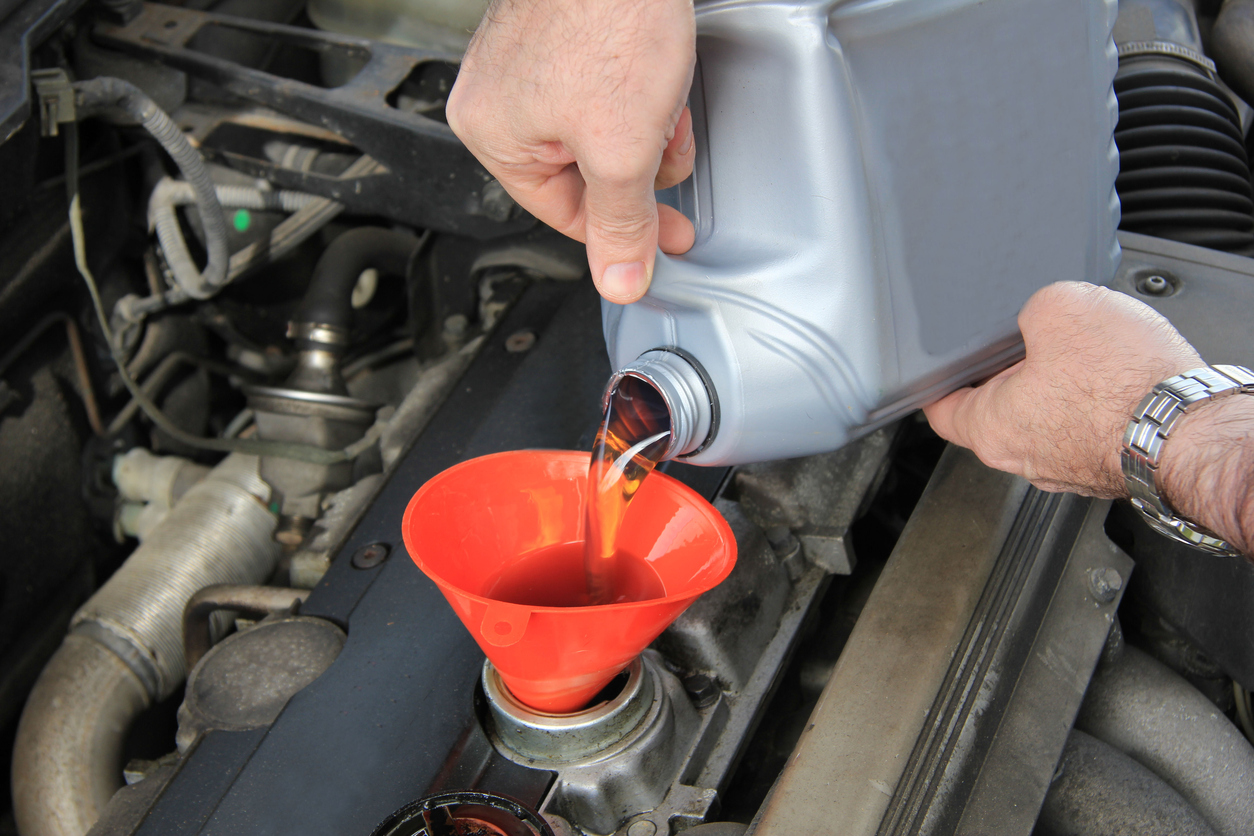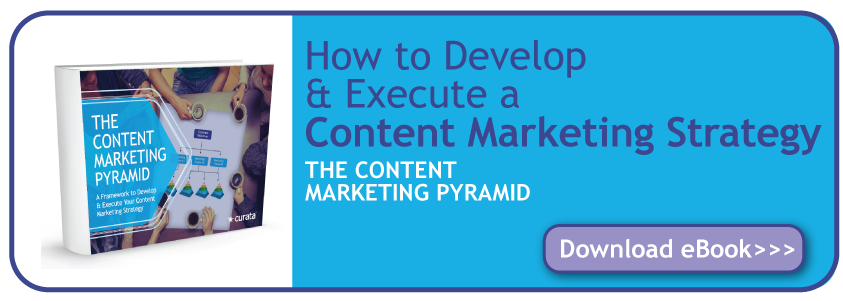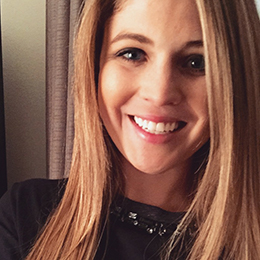- Share The Secret Behind Content That Attracts, Converts, and Nurtures at Each Stage of the Sales Funnel on Facebook
- Share The Secret Behind Content That Attracts, Converts, and Nurtures at Each Stage of the Sales Funnel on Twitter
- Share The Secret Behind Content That Attracts, Converts, and Nurtures at Each Stage of the Sales Funnel on Linkedin
- Share The Secret Behind Content That Attracts, Converts, and Nurtures at Each Stage of the Sales Funnel via email
Think back to the last time you walked by a store window and saw something you wanted. Did you get it immediately, or did you tell yourself to sleep on it and see if you still wanted it in the morning?
Although you’re probably not a stranger to buyer’s remorse, most of us take the time to think about a purchase before we actually commit. This decision-making process is commonly referred to as the sales funnel. For the sake of simplicity this post will define it in three stages:
- At the top of the sales funnel is the attraction stage. This is where you want to gain the attention of as many prospects as possible.
- In the middle of the sales funnel, you have the conversion stage. You’ve already earned some attention, so you need to prove why your brand offers the best version of whatever it is a prospect is looking for and convince them to commit.
- At the bottom of the sales funnel, you have the nurturing stage. This is both where prospects become customers, and where new customers become brand enthusiasts.
A Simple Sales Funnel
This is a simple version of a sales funnel. But the purpose of this funnel is similar to the funnels we use to put oil in our engines. It makes things easier and cleaner while also increasing the likelihood that everything you put in it reaches the final destination.
Content marketing is a great way to push prospects through the sales funnel. It focuses on earning someone’s attention through engaging content that keeps your brand in the forefront of their minds. Each stage of the funnel can benefit from this sort of approach, because the right content can offer solutions to any individual—from potential prospects to evangelists.
In this post, we’ll take a closer look at the three stages of the buyer’s journey, along with examples of what effective content looks like every step of the way.
Attract Prospects With a Carefully Targeted Off-site Strategy
When outlining a content marketing strategy, focus on off-site content just as much as—if not more than—on-site content. The top of the funnel is all about generating awareness and using content to earn an audience. (Which is why off-site content is your bread and butter.) It drives traffic to your site, and the resulting backlinks improve your overall visibility to search engines.
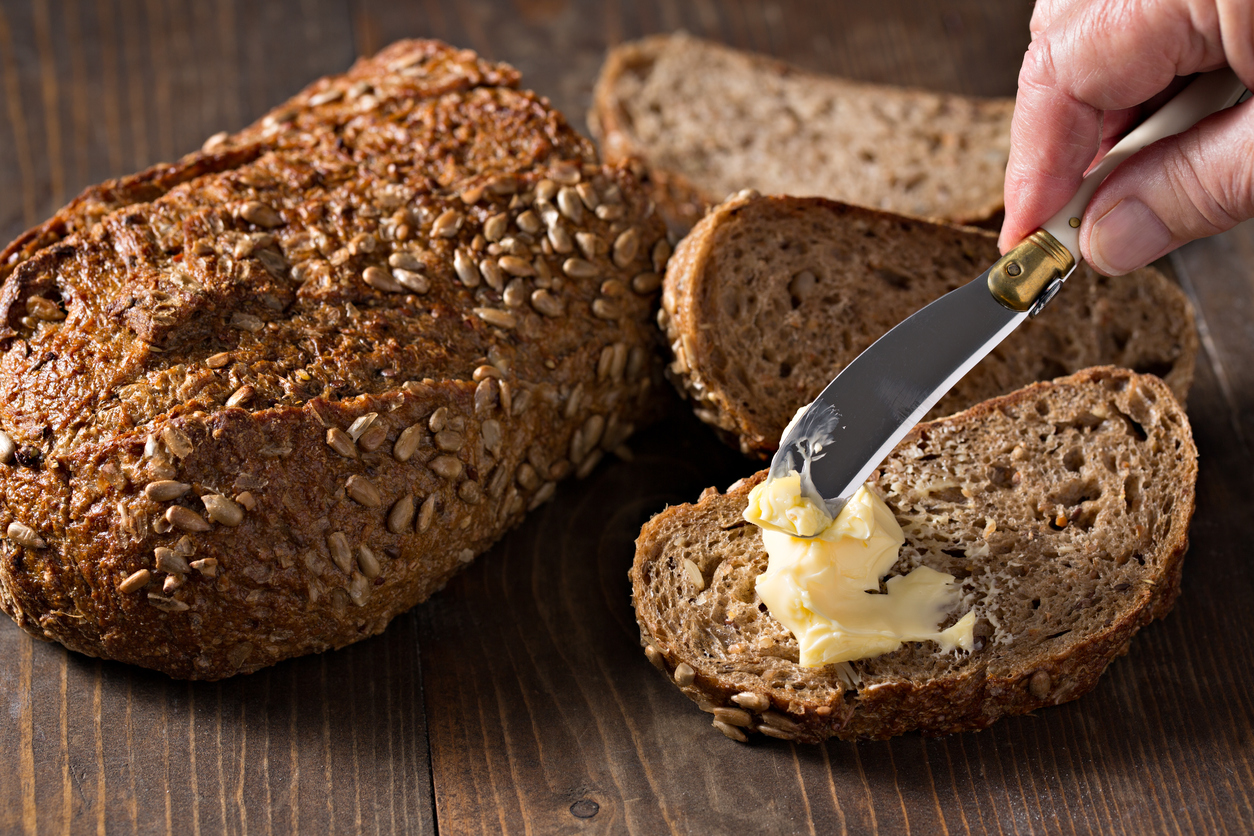
There are three ways to measure how effective content is at this initial stage:
- Attention: Monitor how many backlinks your content generates
- Response: Keep track of how many social shares it earns
- Traffic: An increase indicates people want more content from your brand
To hit high numbers within these metrics, your off-site content needs to appeal to audiences beyond those you frequently target. (To really get a handle on content marketing metrics, download The Comprehensive Guide to Content Marketing Analytics & Metrics eBook.) For example, BuzzStream came to my employer Fractl with strong brand recognition within the link building community. But they wanted to reposition themselves in front of more traditional PR and marketing professionals. The resulting content wasn’t incredibly different from what other brands in the industry produced. But what made our partnership effective was the emphasis on a highly-targeted promotions cycle.
Remember that at the top of the funnel, those unfamiliar with your brand are not on niche sites; they’re frequenting big-name publishers. Beyond improving your site’s ranking thanks to their high domain authority, getting your content on sites of this magnitude increases your reach because of the built-in natural syndication network. For BuzzStream, this nine-month strategy paid off with more than 65,000 social shares, and broke the CRM’s record for new subscriber sign-ups.
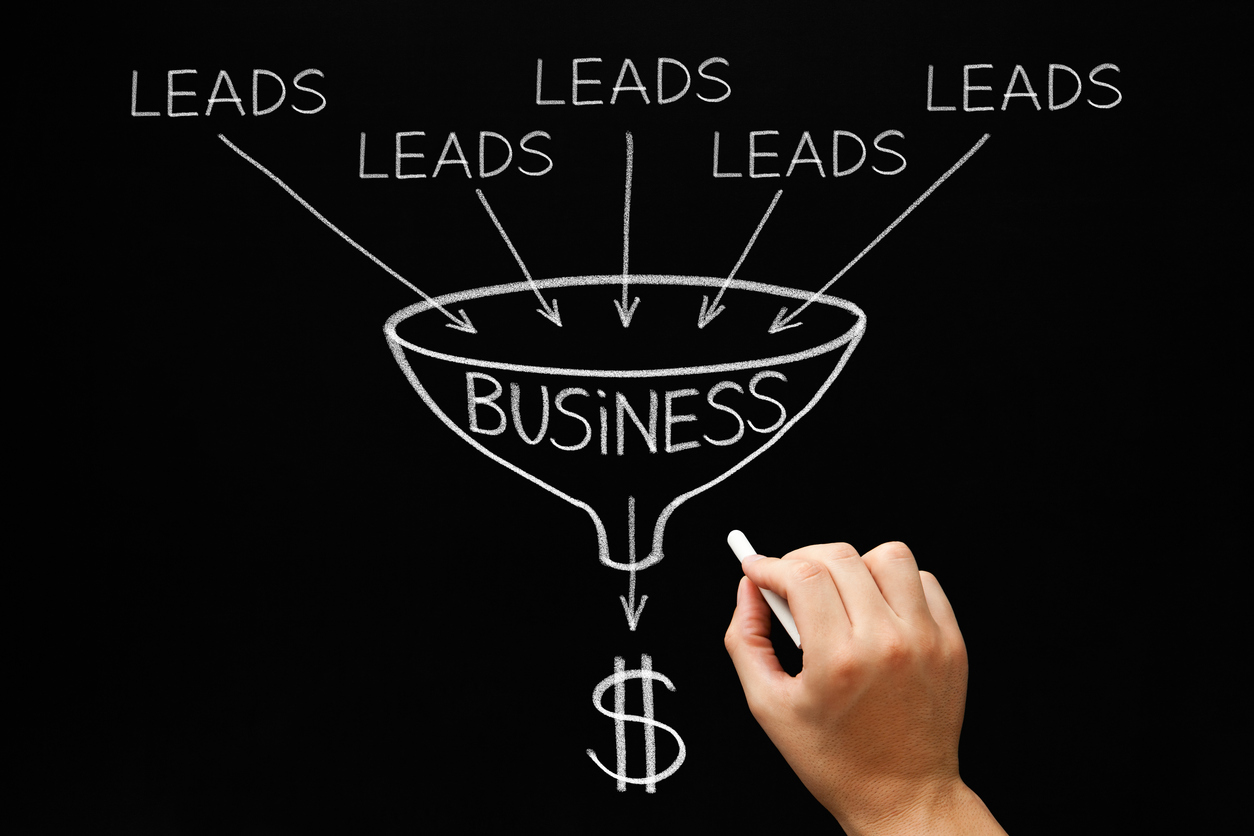
Consistency in On-site Content Is Key for Conversions
A hefty backlink portfolio will get people to your site. But if you want to push them further down the funnel, your site needs to host more branded content—which presents the perfect opportunity for conversion.
Remember that consumers typically start the buyer’s journey knowing they have a problem. So hyper-targeted onsite content that offers a solution is a great way to drive conversions. Some examples include:
- Blogs
- White papers
- eBooks
- Webinars
- Video tutorials

Keep in mind that consistency is key for onsite content to be effective. It also helps create an established voice for your brand. A great example of an onsite strategy that worked is the growth of Neil Patel’s KISSmetrics’ blog. Within one month, the blog generated more than 5,000 leads—exactly 62 percent of the site’s total leads for that month. Yes they had exceptionally good content. But beyond that, the secret to their success included a combination of one to two posts per month, responding to comments on their posts, and building out their email lists.
Another benefit to blogging? Your old posts can continue to generate leads long after they’re published. When HubSpot looked at their own blog, they found that more than 90 percent of their blog leads came from old posts.
Nurture With Content That Boasts
The narrowest part of the funnel comes after all the courting is over, when visitors are ready to become brand loyalists. At this point, we know that individuals remaining in the funnel are interested in what you have to offer. You’re just trying to convince them it’s worth it to pull the trigger.
The best part about this stage is that you have the opportunity to brag about yourself. One of the best ways to prove your worth is through compelling case studies [pdf]. Done correctly, these examples of your work emphasize the positive impact of your business on existing or previous customers.
So what should these case studies include to “wow” prospects?
- Remarkable results from recognizable names: It shouldn’t be too surprising that you want to produce case studies around clients that have seen phenomenal results, but something else to keep in mind is whether or not the client is a big name. Brand recognition is proven to generate 24 times as much growth as instances without it.
- Data presented in an easy-to-read format: No one likes to read one huge chunk of text, no matter how interesting and informative it might be. Break up your post with the following elements:
- Headers and subheads
- Images
- Bullet points
- Bolded and/or italicized text
- Hard numbers: The last two to three paragraphs of a case study should emphasize your direct impact; specifically through numbers that quantify your contributions.

A great example is Fractl’s B2B case study. The title is extremely compelling because it’s so stat-driven—“How Fractl Increased Lead Volume by 667%.”
Don’t Take Them for Granted
Another thing to keep in mind during this stage, is that once prospects become consumers, they shouldn’t be forgotten. Nurturing also refers to maintaining relationships with your consumers that can become your biggest fans—whose biggest ROI comes from referrals. To keep your brand on their radar, enroll them in automated email marketing campaigns. This keeps you in front of them when they’re in between transactions.
Whatever the Stage, Engaging Content is What Drives Consumers
We don’t make decisions in an instant, which is why a strong sales funnel is essential. While each stage requires a slightly different approach, content marketing is a great avenue to increase awareness, convert leads, and nurture returning consumers—key elements that ultimately have a positive impact on your bottom line. Whichever stage of the funnel you’re creating content for, the key is to figure out who you’re talking to and produce something that convinces them to stick around. You’ll have a better chance of doing so if you have a documented content marketing strategy. Download The Content Marketing Pyramid: A Framework to Develop & Execute Your Content Marketing Strategy eBook to ensure you plan the right content for the right stage of the funnel.



